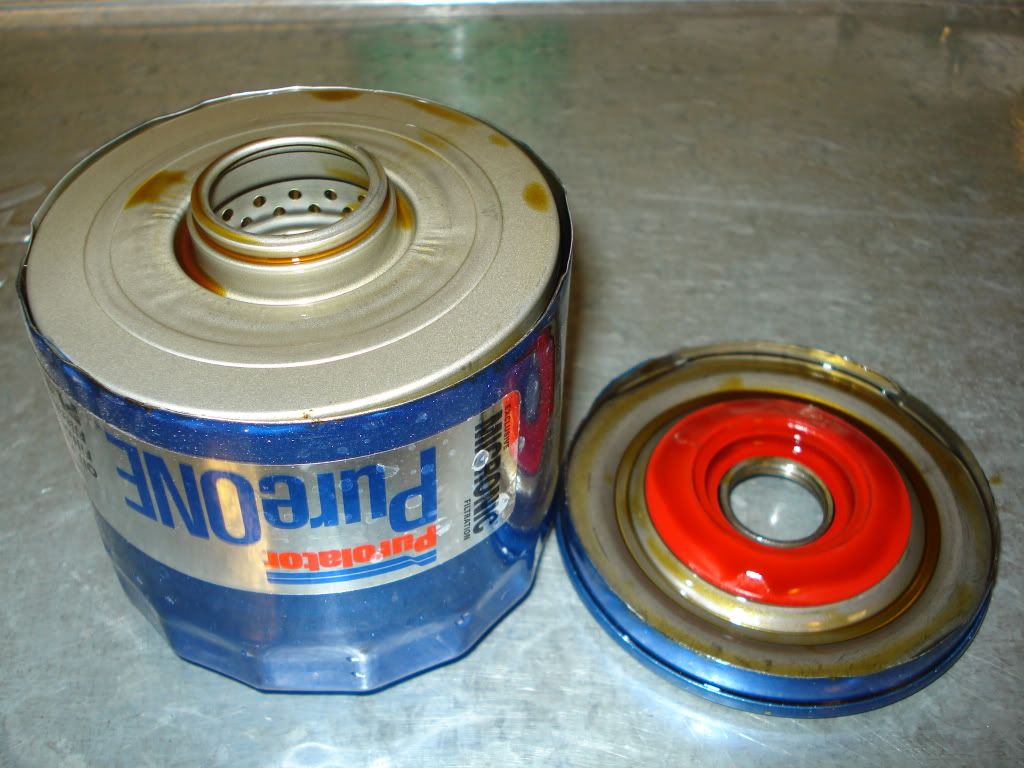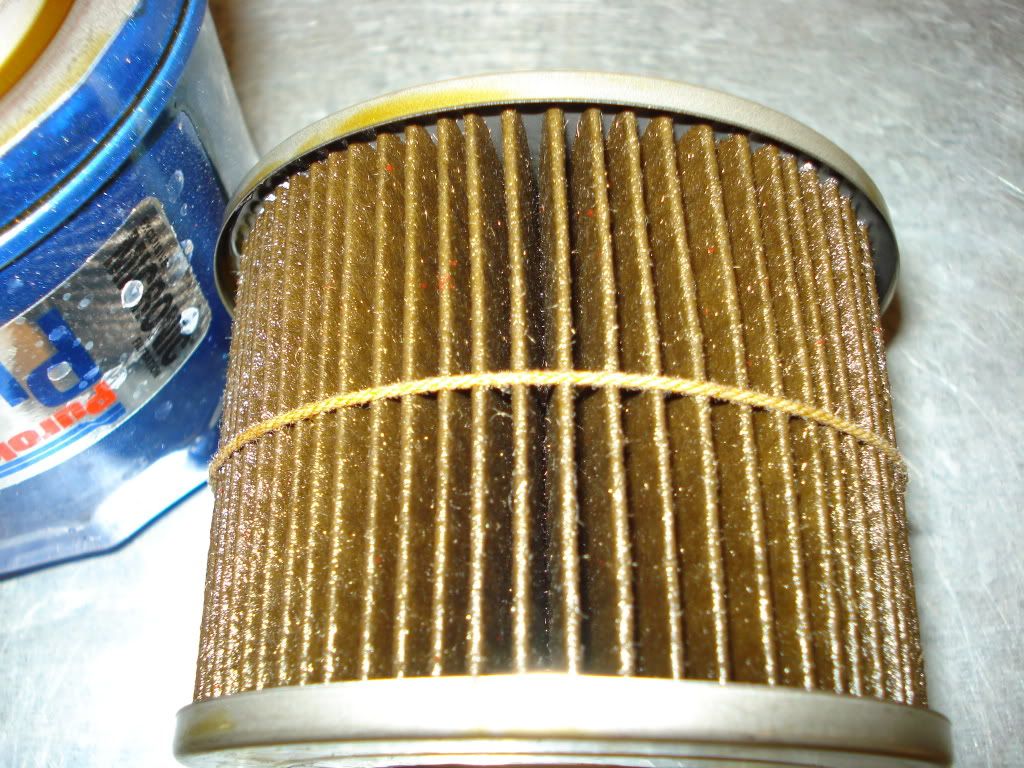Originally Posted By: stang5
Originally Posted By: dnewton3
Again - I'm curious.
What did you learn from the experience?
M1 5w-20 and a PureOne for 1.5k miles after a year? What was the purpose?
my owners manual calls for 5k miles or 6mo OCI which ever comes first, so i figured I would double that with synthetic oil. And I have about 30qt stash of 5-20 M1 that I got real cheap...plus it makes me sleep like my dead grandmother at night knowing my engine will stay squeeky clean..
OK - you're stating that it's a combination of two things:
1) use of an oil that you got cheap
2) helps satisfy an emotional response
I can respect that.
Once the "stash" is gone, would you do it again?
I ask because there are several key things to understand:
1) oil has no idea how old it is, at least in a sense of "moderate" timeline (several years).
2) shorter OCIs result in elevated wear rates (proven by UOAs and SAE studies)
3) shorter OCIs typically do not benefit from the use of syns in regard to wear reduction
4) OCIs need not be limited to mileage limit, if you utilize tools such as UOAs properly
It's not like a 10 year old vehicle is confined by warranty concerns. The age old addage of "xxx months / xxx miles" is a fail-safe limit established by the OEM to limit their exposure. They do not care about your use or expenses.
The cleanliness issue is probably moot in your case. The vehicle is low mileage, and sees low annual use. It's very likely not dirty yet inside your engine, nor is it going to get there with your limited use. While some folks do subscribe to the theory that syn's clean "better", it's really a matter of each oil's additive package capability. If you start with a clean engine, and your rate of contaminant prodution (oxidation and combustion byproduts) is reasonably low (which is typical of a well running fuel-injected engine), then there really isn't much to "clean up". Whether the syn has more capacity to "clean" than a dino oil here is moot. When the conditions are not demanding, any sufficient product will suffice.
Example (I'm famous for analogies, among other things ...)
An older couple lives in a small home.
They have a maid come over once a week to clean house; one maid is sufficient to do the job safely and adequately.
If the grand-kids come over and trash the house, then perhaps two cleanings might be needed for one week. But as soon as the kids leave, the dirt production goes back to normal.
You see, only if the contamination rate increases, do you need something above normal.
Would the house be any cleaner if ONLY the couple were at home, and you sent in three maids in one day? Nope.
There is a production rate of dirt in the home, and it's fairly constant. Adding more resouces will not clean faster or better, because they cannot clean what does not exist. They cannot clean up dirt that wasn't produced, because the kids didn't show up.
Same goes for the add-pack in the engine oil. Perhaps a synthetic does have a stronger add pack; that is true at times. But if you engine is a clean running, contemporary engine, it really does not alter it's contamination production rate much if any at all. Any "normal" oil is more than able to clean the "normal" intrusion. Adding "more" cleaners will not clean any "better" because they cannot offer an advantage when the host oil is not overwhelmed.
And that is the fundemental place where people fail to understand the benefits of any product. Any product can only have an advantage if the conditions are such that the premium product can manifest its performance into a distinguishable difference. Unless the situation provides challenges that would overwhelm one contender, there is no disparity of results.
The synthetic oil cannot clean "better" when a normal oil does a good job.
A synthetic cannot reduce wear in "normal" circumstances in a tangible manner.
A synthetic cannot excel in heat or cold that isn't extreme (and I mean e-x-t-r-e-m-e); normal temps do not bring out the benefit of the syn over a conventional oil.
Synthetics can often last longer in service, but if your OCI plan is limited, there is no advantage for syn to purport.
Make sense?
In your current OCI plan, you could easily run 3 years at 4.5k miles on a quality dino oil and normal filter, and safety get the same wear protection.
I understand where you're at. You're using up a large stash of oil. Food for thought for the future when your "stash" runs out. Which you should be able to stretch out a LONG time. I would suggest that even with your syn you have in the garage, perhaps consider 3 year OCIs, and maybe even 4 years. There is a UOA example here of a guy who ran Mobil 1 in his Toyota truck for 4 years and 10k miles; the UOA showed everything was perfectly fine, despite what the calendar would infer.
Why not get the value out of your fluids and filters?










